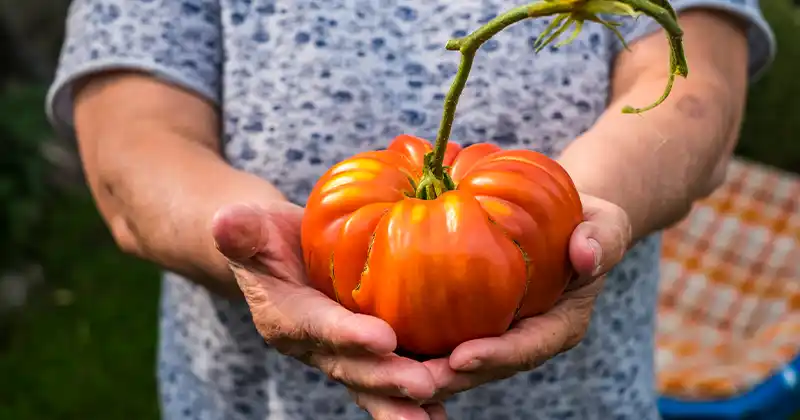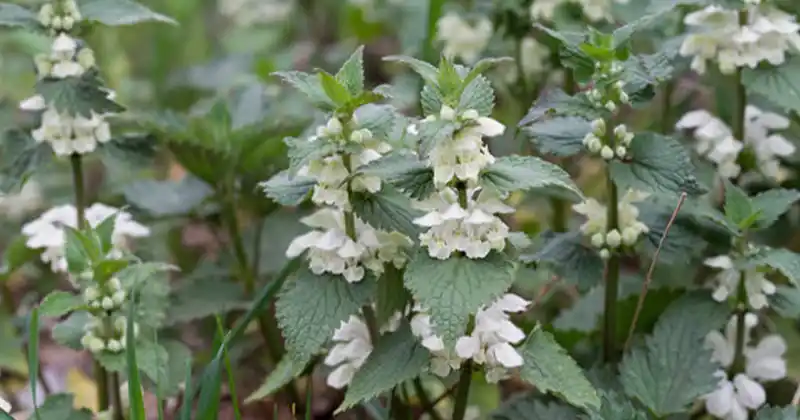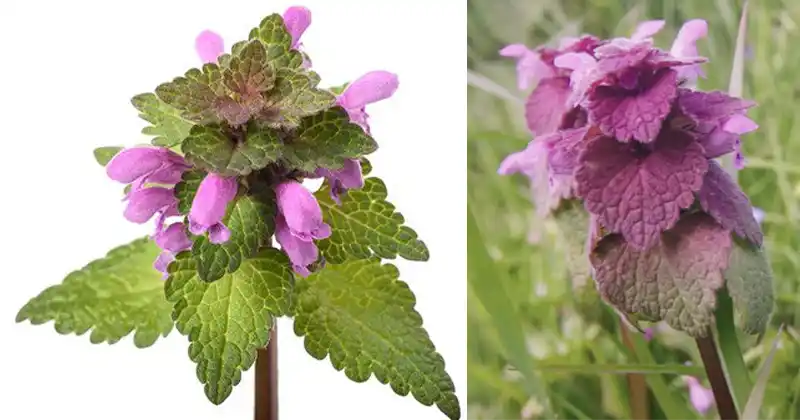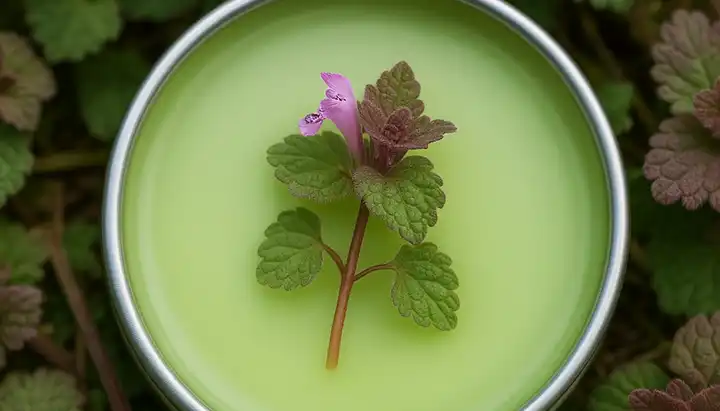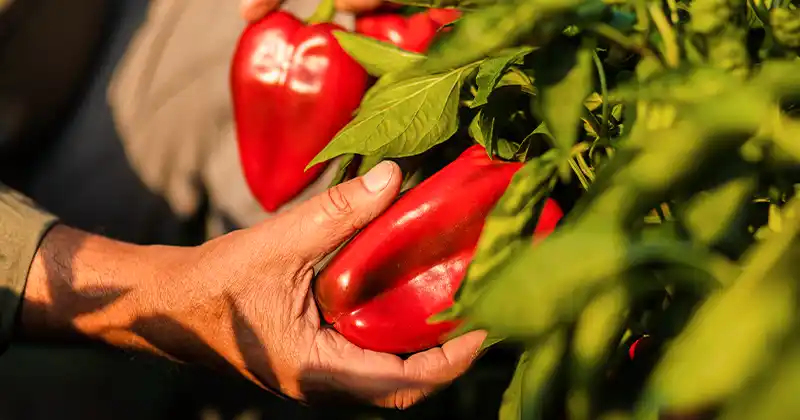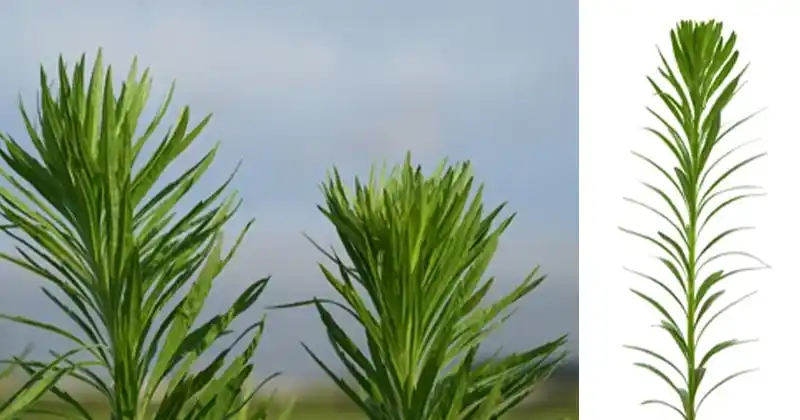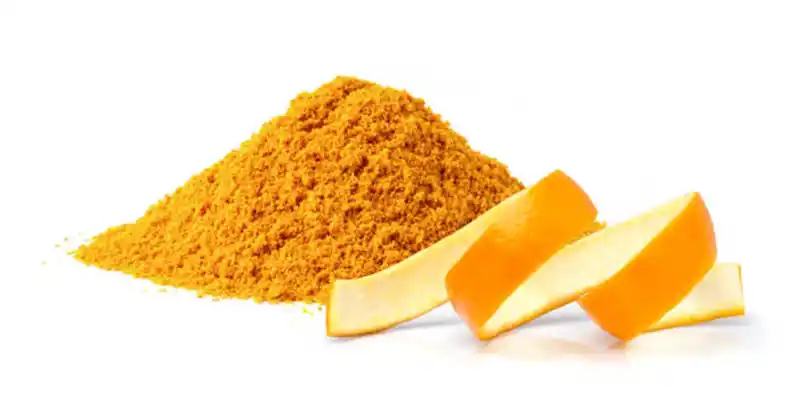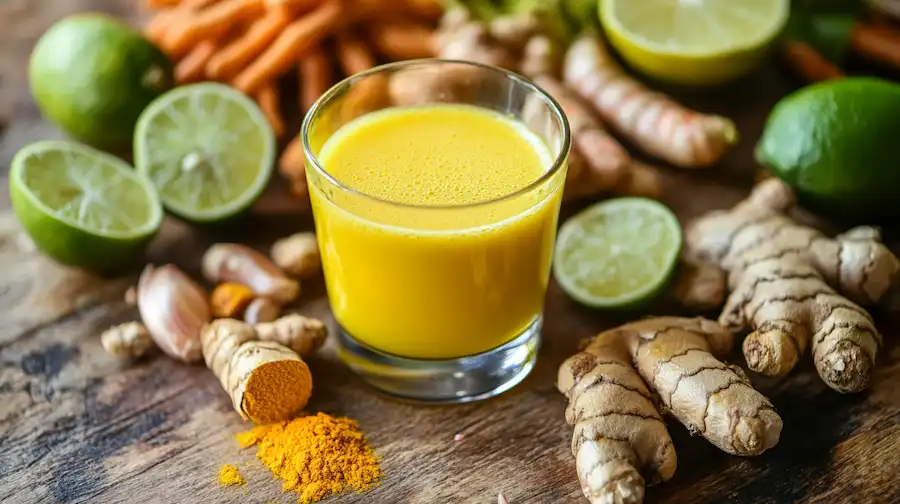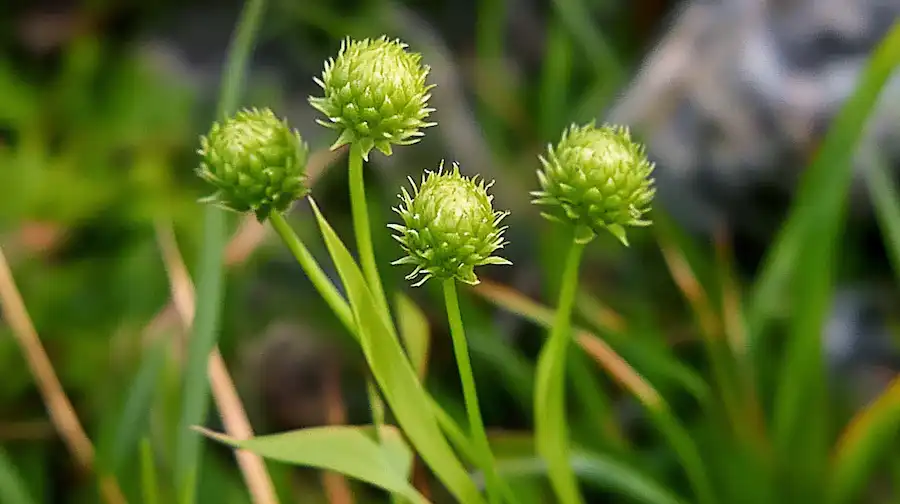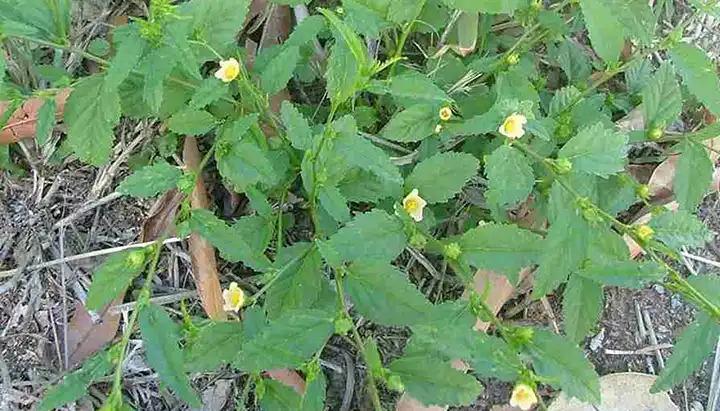Potatoes on Your Porch: A Homegrown Alternative to Store-Bought

If you’ve been yearning to try your hand at gardening but find yourself constrained by a lack of outdoor space, don’t despair. Homegrown potatoes are the perfect solution for space-savvy gardeners. In this beginner’s guide, we’ll walk you through the process of growing potatoes in containers, even if you’re dealing with minimal space. Additionally, we’ll share some handy homemade fertilizer tips to help ensure a bountiful potato harvest.
The Appeal of Container Gardening
Container gardening is an excellent choice for individuals facing space limitations, such as apartment dwellers, urban residents, or those who prefer a tidy and well-organized garden. Growing potatoes in containers offers numerous advantages:
- Space Efficiency: You can cultivate potatoes without the need for a sprawling garden, as containers make the most of your available space.
- Portability: Containers can be relocated to optimize sunlight exposure or shield your plants from inclement weather.
- Pest Control: Container gardens are less susceptible to pests and diseases compared to traditional gardens.
- Harvest Convenience: Harvesting potatoes from containers is straightforward and doesn’t require extensive digging.
Selecting the Perfect Container
To successfully grow potatoes, you’ll need a container that meets certain criteria. Here’s what to consider:
- Size: Opt for a container that is at least 16 inches deep to allow ample space for root development. While the width can vary, larger containers typically yield more potatoes.
- Material: Containers can be constructed from various materials like plastic, fabric, or wood. It’s essential that the container has proper drainage holes at the bottom.
- Accessibility: Choose containers that provide easy access to the soil since you’ll need to add more soil as the potato plants grow.
Picking the Right Potato Varieties
Selecting the appropriate potato variety is crucial when growing potatoes in containers. Some of the best choices for container gardening include:
- Early Varieties: These mature quickly and are ideal for impatient gardeners. Examples include ‘Yukon Gold’ and ‘Red Norland.’
- Determinate Varieties: These remain relatively compact and are well-suited for containers. Consider options like ‘French Fingerling’ and ‘German Butterball.’
Planting Potatoes in Containers
Before you start planting, follow these steps:
- Chit Your Potatoes: Allow your seed potatoes to sprout by placing them in a cool, well-lit area for a few weeks until sprouts emerge.
- Add Soil: Begin by filling your container with a few inches of potting mix. Place your sprouted seed potatoes on top, spacing them about 8 inches apart.
- Cover with Soil: Add more soil to cover the potatoes, leaving about an inch of soil above the seed potatoes.
- Watering: Maintain consistently moist soil, avoiding waterlogging. Water when the top inch of soil feels dry.
Homemade Fertilizers for Potatoes
Potatoes require adequate nourishment, and homemade fertilizers can come in handy. Consider using the following:
- Compost: Mix compost into the soil when planting and apply a layer on top as a mulch. Compost enriches the soil with essential nutrients and enhances its structure.
- Eggshells: Crushed eggshells are rich in calcium, which can help prevent potato rot. Sprinkle crushed eggshells in the container or work them into the soil.
- Banana Peels: Banana peels are packed with potassium, a vital nutrient for potato development. Blend or chop banana peels and incorporate them into the soil.
- Epsom Salt: Dissolve a tablespoon of Epsom salt in a gallon of water and use it as a foliar spray. This magnesium-rich solution can foster robust foliage and tuber development.
Caring for Your Potato Plants
Potatoes need some attention throughout their growth cycle:
- Hilling: As your potato plants grow, add more soil to the container to cover the foliage. This encourages the formation of additional tubers.
- Sunlight: Ensure that your potato container receives a minimum of 6-8 hours of sunlight daily.
- Pest Control: Be vigilant for common pests like aphids and potato beetles. Remove them by hand or employ natural remedies like neem oil.
Harvesting Your Potatoes
Potatoes are typically ready for harvest within 70-90 days after planting. Wait until the foliage turns yellow and dies back. Gently dig through the soil to unearth your homegrown potatoes. Savor the delight of fresh, organic spuds!
Container gardening offers endless opportunities to grow your favorite vegetables, even in the tightest spaces. With these straightforward steps and homemade fertilizer tips, you can relish the taste of your very own homegrown potatoes, regardless of the size of your garden. Happy planting!
